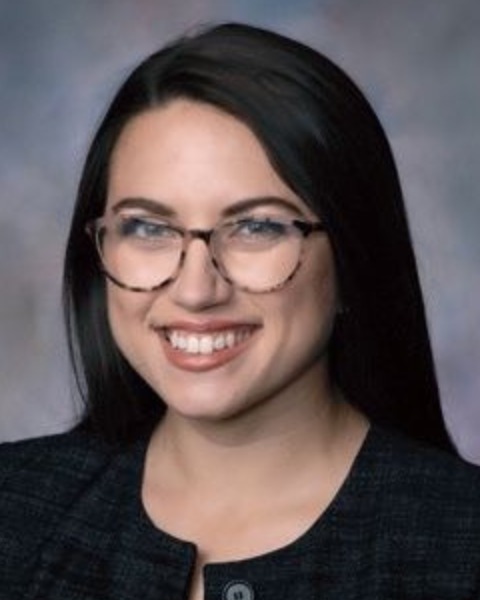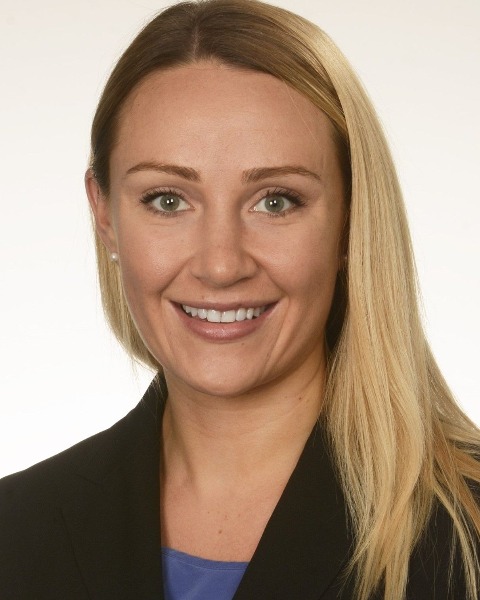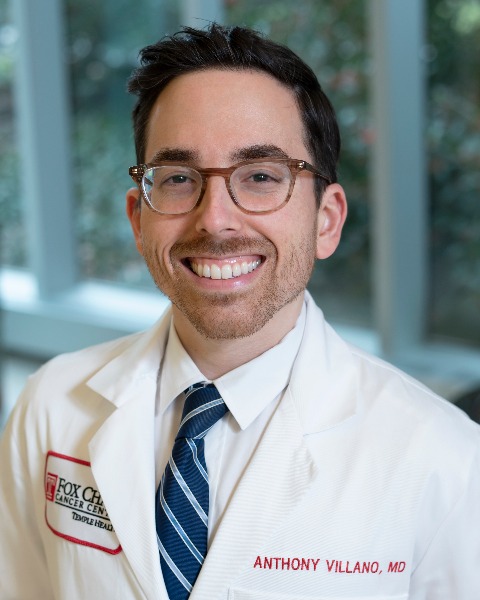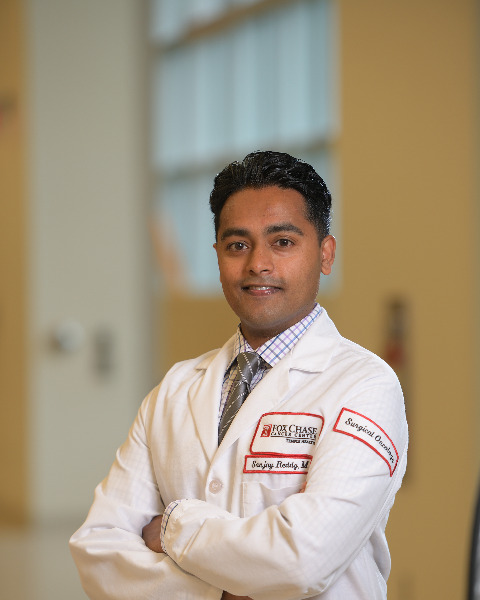Hepato-pancreato-biliary
E257: Temporal Trends and the Impact of Fragmented Care in those with Pancreatic Cancer

Emily J. Papai, MD
Surgical Oncology Research Fellow
Fox Chase Cancer Center
Philadelphia, Pennsylvania, United States
Emily J. Papai, MD
Surgical Oncology Research Fellow
Fox Chase Cancer Center
Philadelphia, Pennsylvania, United States
Emily J. Papai, MD
Surgical Oncology Research Fellow
Fox Chase Cancer Center
Philadelphia, Pennsylvania, United States
Maryclare E. Taylor, MD
Resident
Temple University Hospital
Yardley, Pennsylvania, United States
Andrew B. Crocker, MD
Surgical Oncology Research Fellow
Fox Chase Cancer Center
WAYNE, Pennsylvania, United States- KR
Karen Ruth, MS
Senior Research Biostatistician
Fox Chase Cancer Center, United States - MM
Malek D. Maddah, BA
Medical Student
Lewis Katz School of Medicine, United States - MP
Max Perilstein, BS
Medical Student
Lewis Katz School of Medicine, United States 
Anthony M. Villano, MD (he/him/his)
Assistant Professor
Fox Chase Cancer Center
Philadelphia, Pennsylvania, United States
Sanjay S. Reddy, MD
Associate Professor
Fox Chase Cancer Center
Philadelphia, PA, United States
ePoster Abstract Author(s)
Submitter(s)
Author(s)
Developing research demonstrates patients diagnosed with pancreatic cancer who receive fragmented care have improved overall survival as well as 30- and 90-day mortality. However, the impact on time associated with fragmented care (FC) should be further examined.
Methods:
Retrospective review of patients with biopsy confirmed diagnosis of pancreatic adenocarcinoma from the years 2008 to 2022 were conducted on those who underwent definitive resection and, at minimum, 1 aspect of care at our institution. For neoadjuvant therapy (NAT) patients, FC patients had their diagnosis, NAT and surgery at more than 1 facility, while ‘no FC’ had these done at the same facility. For surgery first (SF) patients (i.e. no neoadjuvant therapy), fragmented care (FC) included those who received their diagnosis and surgery at different facilities compared to those who had both at the same institution; within the FC group, we examined the facility levels (Academic vs Community) . Within treatment group, time from diagnosis to treatment initiation, time from NAT initiation to surgery, and time from diagnosis to surgery were examined for significant differences by FC status utilizing Chisquare, Fisher’s Exact, or Kruskal-Wallis tests, as appropriate.
Results:
Of 273 patients who met inclusion criteria, 154 had surgery first (56%) and 119 had NAT (44%). Within each group, any FC was similar (53% for SF, 54% for NAT).In the NAT treatment group, Median time from diagnosis to start of NAT treatment was similar, 31 days for no FC vs 32 days for FC (p=0.38); median times were higher in the FC group for both NAT start to surgery (188 vs 178 days, p=0.072) and diagnosis to surgery (216 vs 213 days, p=0.047). In the surgery first group, 47% had no FC, 29% had diagnosis and surgery at different facilities in the same level, 21% had diagnosis at an academic facility and surgery at a community facility, and 3% had diagnosis at a community facility and surgery at an academic facility. Median intervals from diagnosis to surgery differed significantly by FC group: 27 days for the no FC group, 23 days for those with FC at the same facility level, 13 days for those with FC academic diagnosis/community surgery, and 42.5 days for those FC community diagnosis/academic surgery (p=0.009).
Conclusions: If patients are to receive NAT, there is no significant difference in time from diagnosis to initiation of treatment between FC and no FC. However, in both SF and NAT patients, there is a delay in time from diagnosis to surgery with FC. The SF group demonstrates migration from a community level hospital to an academic center appears to have the most significant impact on time.
Learning Objectives:
- Upon reading, participants will be able to report the differences in time between patients who receive care at one institution or greater than one institution.
- Upon reading, participants will be able to note the patterns of migration in fragmented care.
- Upon reading, participants will be able to report patients wait longer for surgery when transitioning from a community level facility to an academic level facility.
